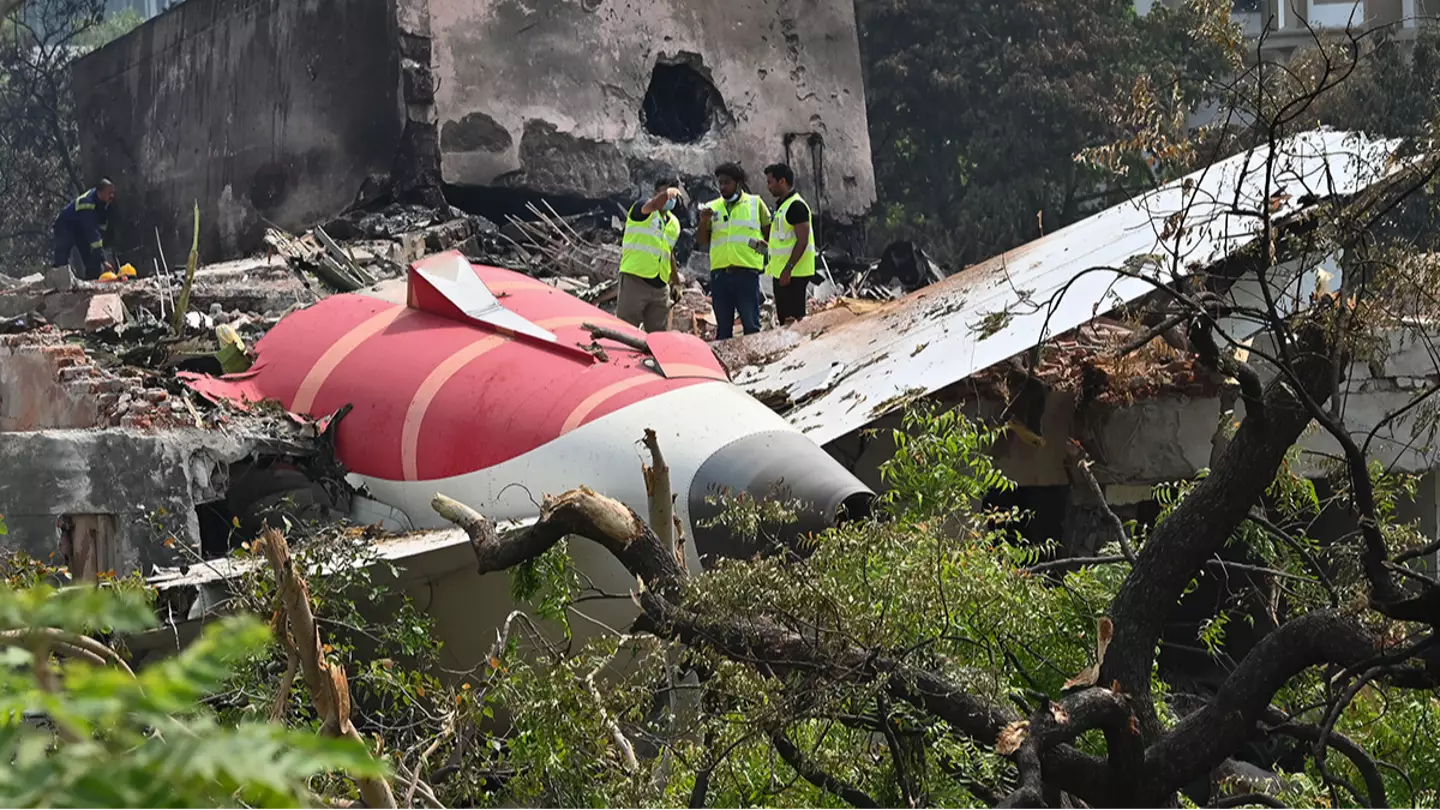Relatives of Air India victims break silence on new report that explains cause of the tragic crash that killed 260 people
A preliminary report found that fuel supplies to Air India's flight were shut off moments after takeoff
Featured Image Credit: Raju Shinde/Hindustan Times via Getty ImagesTopics: Travel, World News, Air India, India

